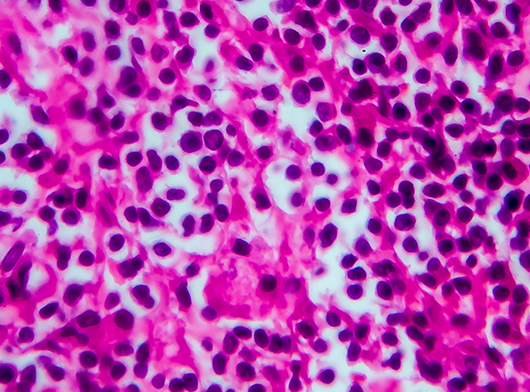- Medical Oncology
- Radiation
- Chemotherapy - Chemotherapy is a cancer treatment that uses one or more drugs to stop the growth of cancer cells, either by killing the cells or by stopping them from dividing. Cancer treatment using more than one chemotherapy drug is called combination chemotherapy. Intrathecal chemotherapy may be used to treat childhood non-Hodgkin lymphoma that has spread or may spread to the brain. CNS prophylaxis is when it lessens the chance of cancer spreading to the brain. Intrathecal chemotherapy is given in addition to chemotherapy
- Targeted therapy - Targeted therapy is a type of treatment that uses drugs or other substances to identify and attack specific cancer cells. Targeted therapies usually cause less harm to normal cells than chemotherapy or radiation therapy.
- Immunotherapy - Immunotherapy is a treatment that uses the patient’s immune system to fight cancer. Substances made by the body or laboratory boost, direct, or restore the body’s natural defences against cancer.
- Stem cell transplantation with high-dose chemotherapy - In selected cases high doses of chemotherapy are given to kill cancer cells. Healthy cells, including blood-forming cells, are also destroyed by the chemotherapy. Stem cell transplant (BMT) is a treatment to replace the blood-forming cells. BMT may be required only in selected cases where cancer has recurred or is unresponsive to upfront treatment. The transplant may be autologous or allogeneic based on the child’s disease and time of relapse from diagnosis.
Radiation therapy is a cancer treatment that uses high-energy x-rays or other types of radiation to kill cancer cells or keep them from growing.
Involved site radiotherapy (ISRT) may be advised in early diseases to target the areas that are affected by the tumour and sometimes in advanced cases. In addition, external beam radiation therapy may be recommended as and when required. It is delivered over 2 - 4 weeks.



.png)
